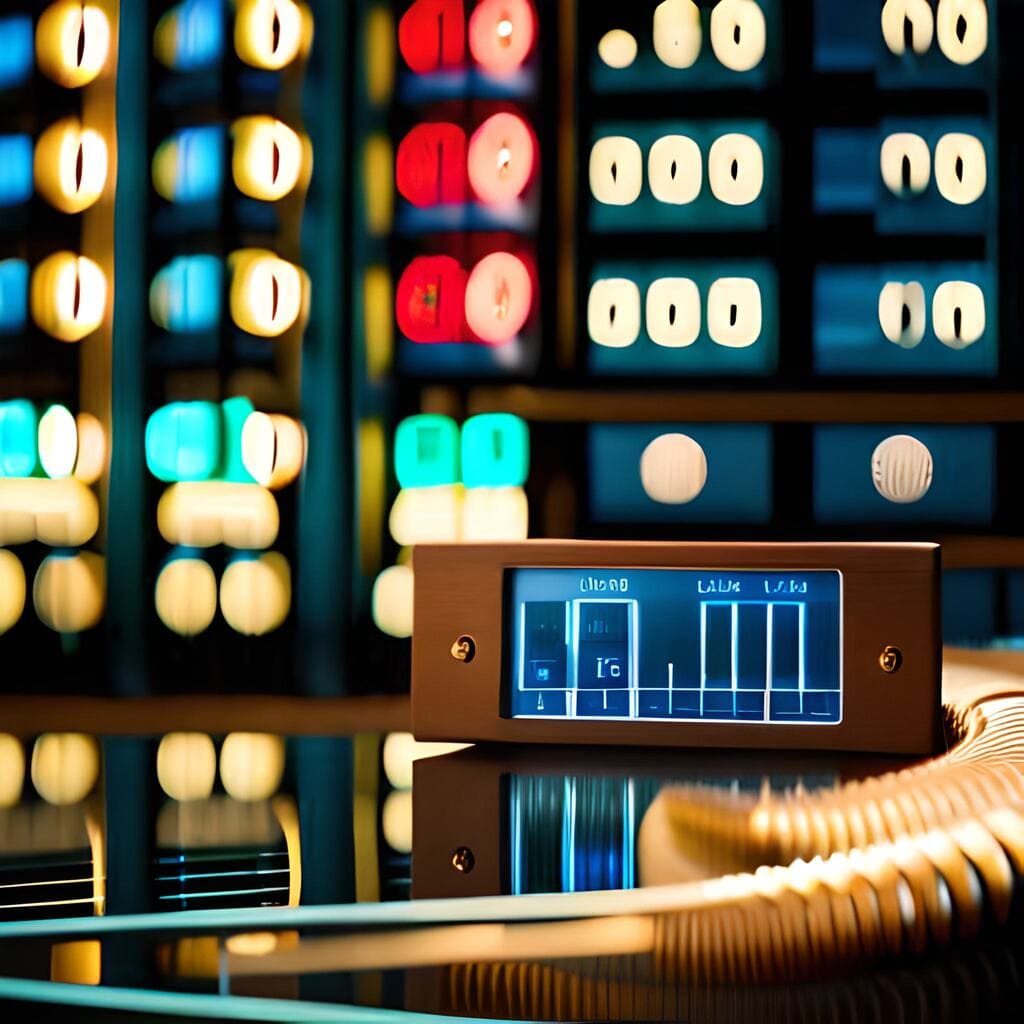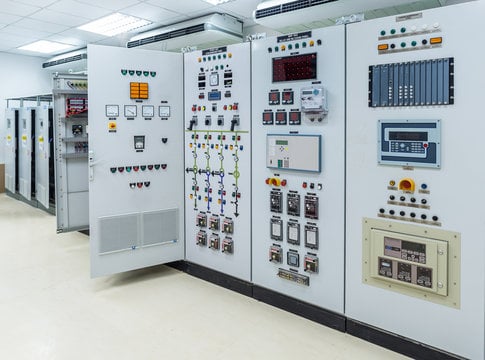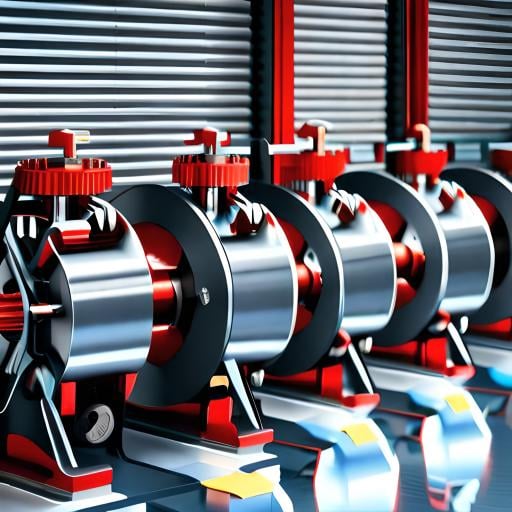Harmonics are a significant topic in a power system since they impact both the quality of the energy and the performance of the equipment. High harmonic levels may cause overheating of components and limit the device’s lifespan. Pure sinusoidal waves created by a perfect power source are twisted by harmonics. Harmonic distortion hinders a company’s capacity for production and operation. Here are some economic impacts of harmonic distortion.
- Harmonics result in extra component losses (Joule effect).
- The cost of client services goes rise as a result of higher expenses due to more subscribed electricity and costs caused by the presence of harmonics.
- Equipment oversizing because of a reduction in power source
- The life of numerous components is shortened when the distortion level approaches 10%, which lowers productivity.
- Harmonics create peak currents that annoy outdated technology units and trip them, causing production losses and a significant cost for the time needed to get the system working again.
Sources of Harmonics:
Nonlinear loads that absorb current in jarring, brief bursts create harmonics. Due to the distortion of the current waves created by these pulses, harmonic currents enter other components of the power system. Industries experience worse power quality and efficiency when harmonics are present. Most commercial buildings have electrical systems that can safely handle non-linear loads of up to 15%.
Non-linear loads may result in harmonic distortions with detrimental effects if they surpass 15%. As a result, it is essential to keep an eye on harmonic levels to make sure they stay within acceptable bounds. To minimize harmonic-related issues at the design stage and lessen the likelihood of undesired consequences arising, harmonic research and analysis help to retain insight into prospective dangers and causes.
Employing Harmonic Analysis as a Resource:
Despite the minimal chance of harmonic issues, a timely harmonic analysis must be performed to guarantee that the harmonic levels are suitable. These are the harmonic level progressions:
- Obtaining an electrical one-line diagram and determining which nonlinear loads are accessible is the initial step.
- The image emphasizes the position of the shared link (PCC).
- Plants susceptible to system bus distortion are indicated.
- All information on harmonics has been gathered.
- Obtain from utility companies the PCC values that have been established, including the maximum and minimum levels of short circuit failures and the current and voltage harmonics that are authorized.
- Using open-source software, a simulated harmonic analysis is performed.
- Examine the harmonics of the electrical system.
- Determine the generalized and particular voltage and current aberrations at the buses and PCC.
- Create a spectrum of harmonic frequencies.
- Choose suitable harmonic control measures Harmonic distortion surpasses the acceptable thresholds.
- Once mitigating variables have been accounted for, the harmonic analysis should be repeated.
CareLabs is an authorized provider of harmonic analysis and research. Experienced professionals can undertake accurate, risk-free testing to identify levels of troublesome harmonics and can assist in maintaining harmonics at optimum levels without causing further issues.
The CareLabs Service Offers the Following Benefits:
- More secure electricity systems that correspond to federal norms and criteria
- Fully integrated electrical systems save time and money.
- Establish a safer work environment.
- Provide prompt solutions in times of crisis.
- Increase security margins
- Save time by creating work permits and arc flash labels automatically.
- Avoid potential penalties and legal costs.
CareLabs has personnel stationed in many areas to ensure that our specialists are available in case of a regular or urgent emergency. While swiftly establishing itself as an ISO 9001:2008-accredited organization, CareLabs has amassed a clientele with a strong reputation and excellent evaluations. CareLabs offers research and analysis services for harmonics in a number of major cities, including Vienna, Graz, Linz, Salzburg and Innsbruck.




